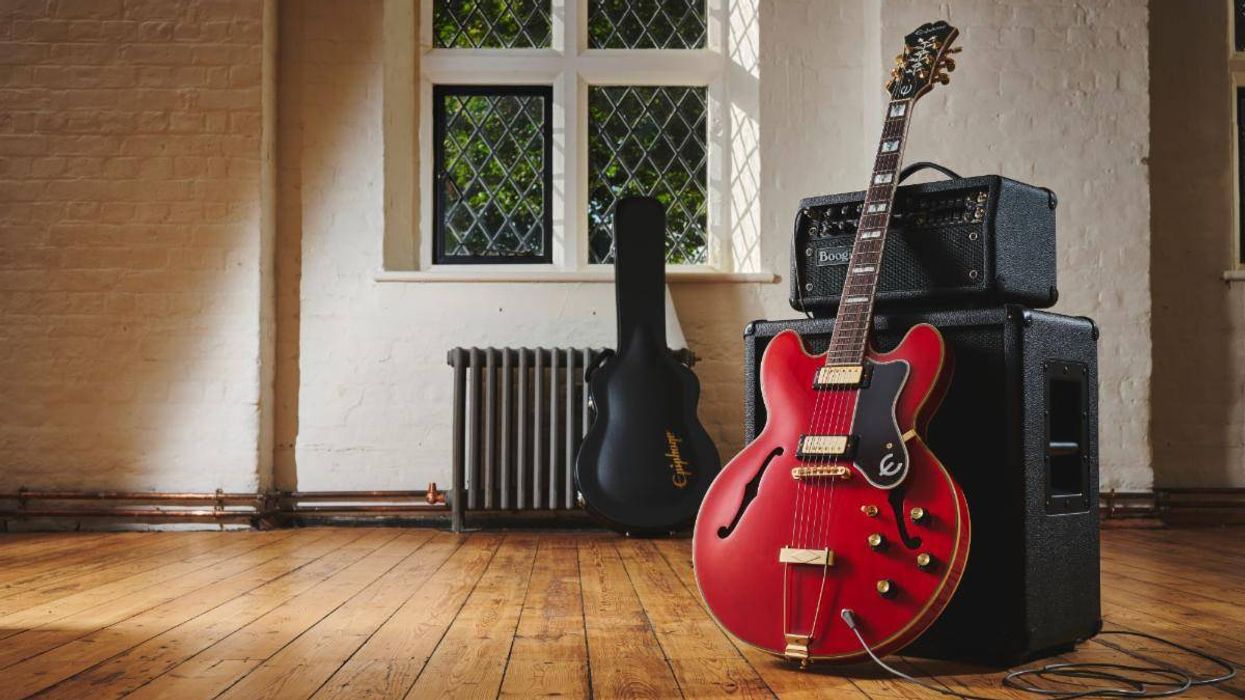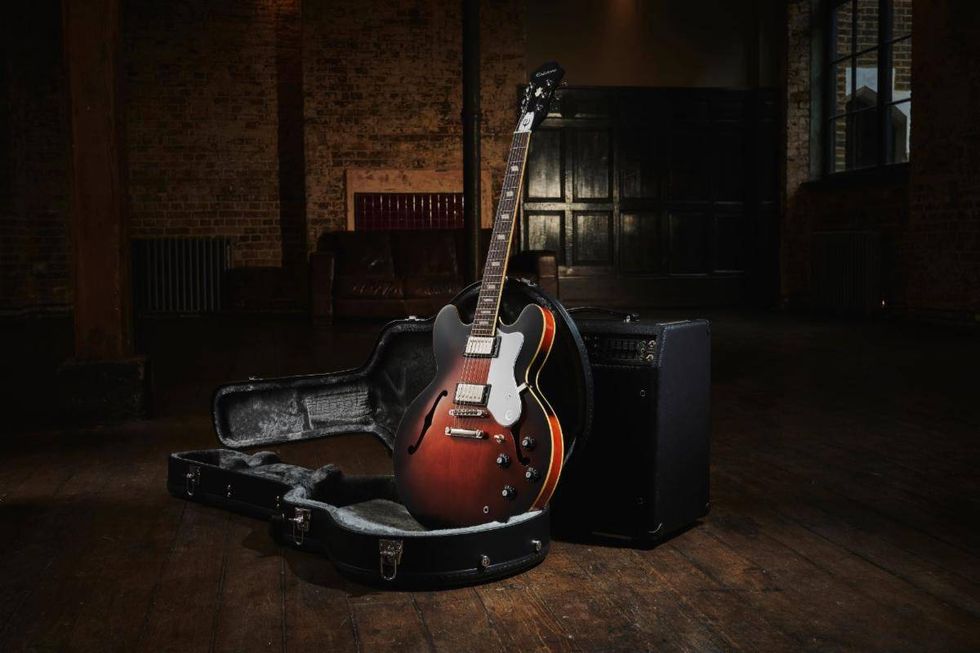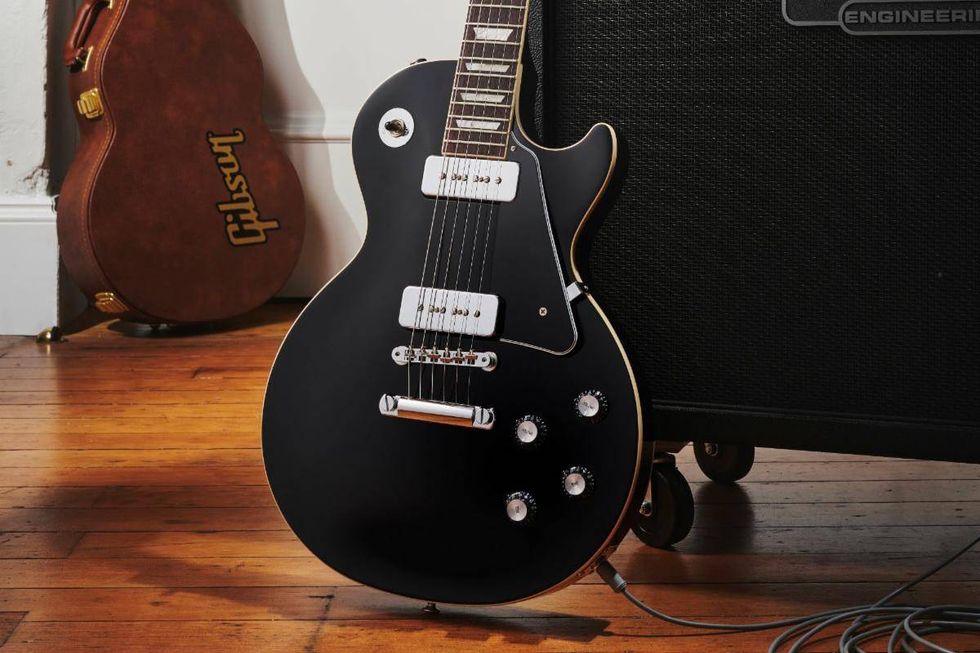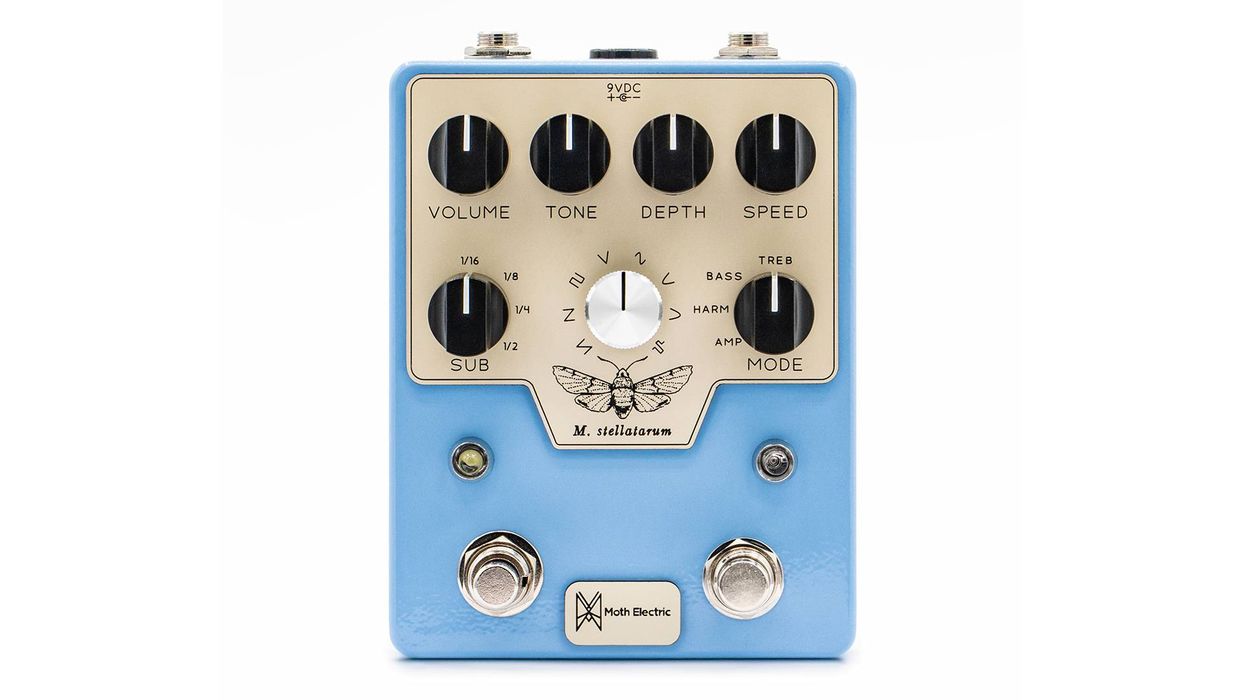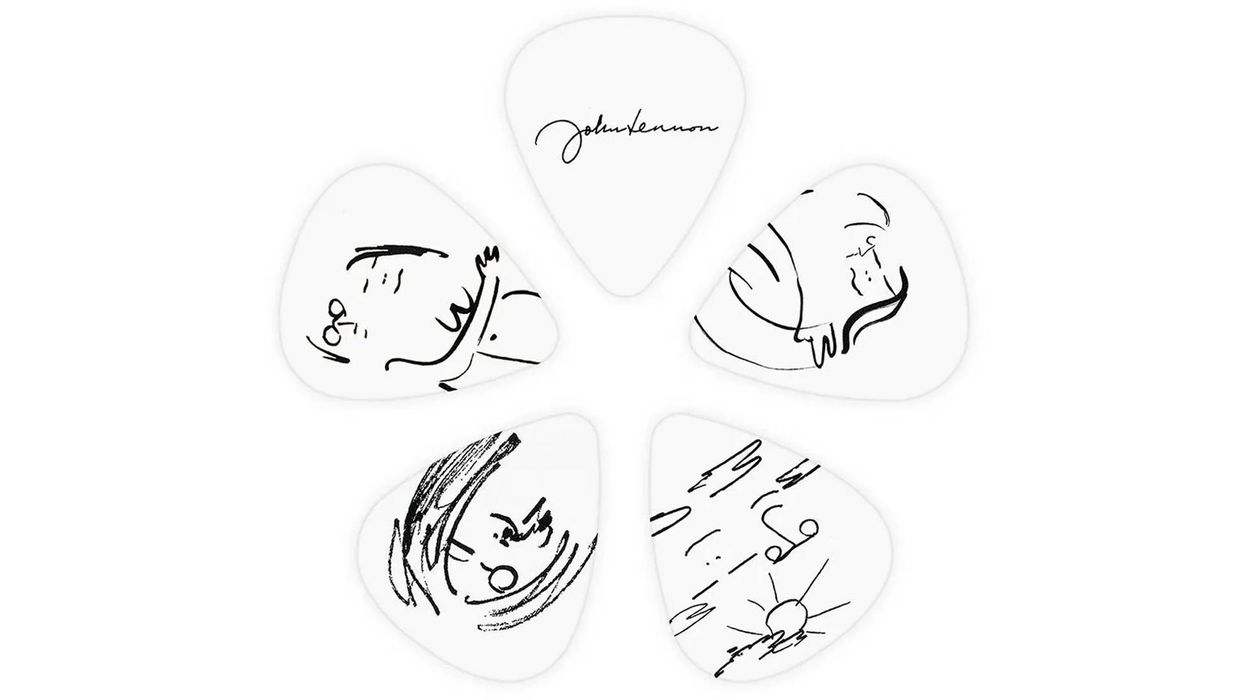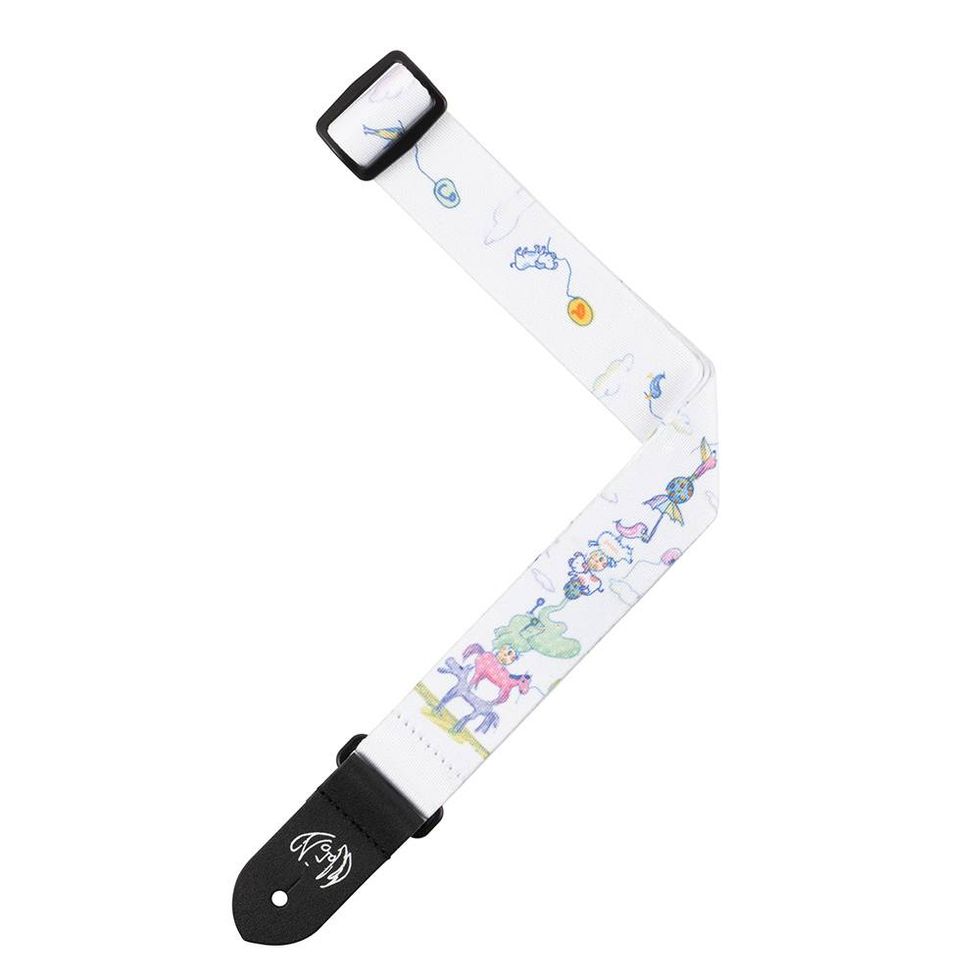Sturgill Simpson returns with a new tour and album under his new alias, Johnny Blue Skies.
After promising to release only five studio albums under his own name, Simpson marks the beginning of a new era with Johnny Blue Skies and the release of Passage Du Desir. Out July 12 on his own independent label, High Top Mountain Records (pre-order), the album includes eight songs produced by Johnny Blue Skies and David Ferguson and recorded at Clement House Recording Studio in Nashville, TN and Abbey Road Studios in London, England.
In addition to headlining sets at Outside Lands and Austin City Limits Music Festival, Simpson and his band—Kevin Black (bass), Robbie Crowell (keys), Laur Joamets (guitar) and Miles Miller (drums)—will return to the road for the “Why Not? Tour” this fall. Simpson’s first full tour in over four years, the extensive 28-date headline run includes stops at L.A.’s The Greek Theatre, Washington State’s The Gorge Amphitheatre, Lexington’s Rupp Arena, Chicago’s Salt Shed (two nights), Queens’ Forest Hills Stadium and Nashville’s Bridgestone Arena among many more.
Fans are being asked to register before tickets go on-sale to help ensure tickets go directly to true Sturgill Simpson fans. Registration for the pre-sale is open now until Monday, June 10 at 8:59PM PT—sign up at sturgillsimpsonlive.com to receive exclusive early access to the artist pre-sale starting next Wednesday, June 12 at 10:00AM local. A limited number of tickets will be available for the general on-sale on Friday, June 14 at 10:00AM local time at sturgillsimpsonlive.com, while supplies last. Fans who purchase tickets on Ticketmaster and can’t attend will have the option to resell their tickets at the original price paid using Face Value Exchange.
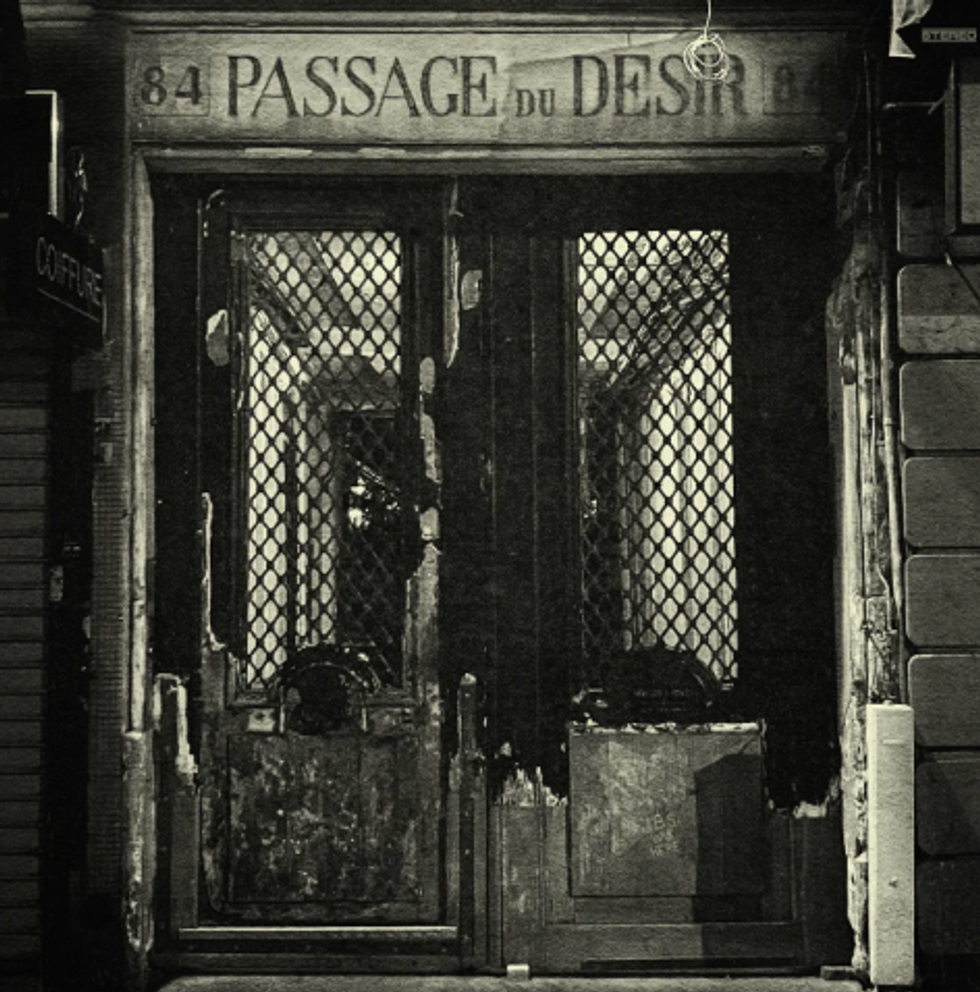
Passage du Desir
Passage du Desir Track List:
1. Swamp of Sadness
2. If The Sun Never Rises Again
3. Scooter Blues
4. Jupiter’s Faerie
5. Who I Am
6. Right Kind of Dream
7. Mint Tea
8. One for the Road
The new album follows the tenth anniversary reissue of Simpson’s Metamodern Sounds in Country Music, which came out last month. Originally released May 13, 2014, the album marked a career breakthrough for Simpson personally and proved to be a seismic shift-maker within the larger country music genre. The new special edition features a fully reimagined album cover and vinyl package, pressed on 180g Black Vinyl with an “Old-Style” Tip-On Jacket. Ushering in a new chapter within country music and setting the stage for countless other outsider artists to push the genre forward for years to come, the lasting impact of Metamodern continues to be felt today. In a recent piece reflecting on the album’s influence and importance, Marissa Moss writes in Rolling Stone, “Ten years since its release, Simpson’s 2014 masterpiece Metamodern Sounds in Country Music continues to redefine what’s possible in Nashville,” and continues, “Metamodern is an album that shows how the best music can come when you’re respectful of the past but fearless about the future.”
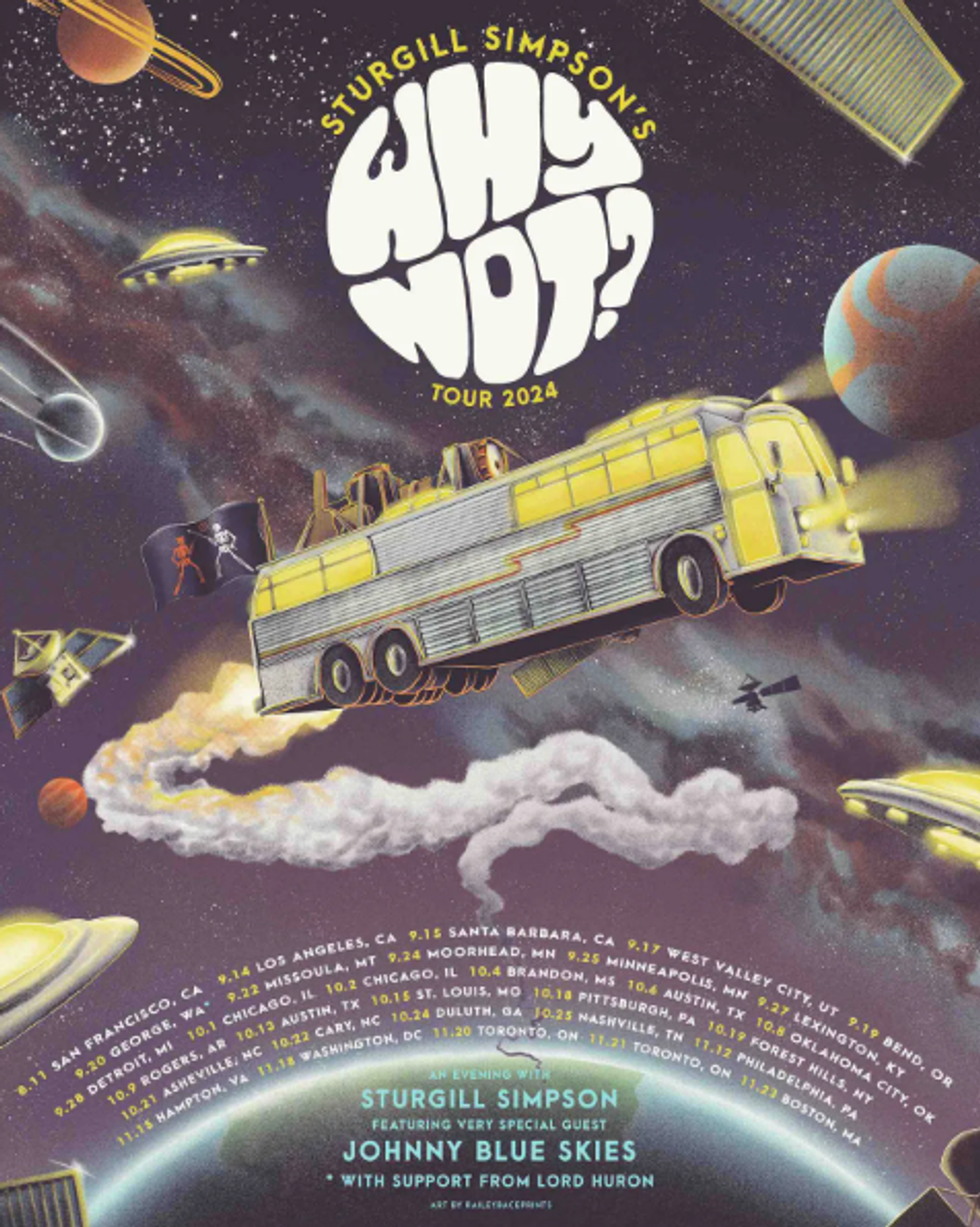
Why Not? Tour Dates
August 9-11—San Francisco, CA—Outside Lands
September 14—Los Angeles, CA—The Greek Theatre*
September 15—Santa Barbara, CA—Santa Barbara Bowl*
September 17—West Valley City, UT—Maverik Center*
September 19—Bend, OR—Hayden Homes Amphitheater*
September 20—George, WA—The Gorge Amphitheatre†
September 22—Missoula, MT—KettleHouse Amphitheater*
September 24—Moorhead, MN—Bluestem Center for the Arts Amphitheater*
September 25—Minneapolis, MN—Roy Wilkins Auditorium*
September 27—Lexington, KY—Rupp Arena*
September 28—Detroit, MI—Fox Theatre*
October 1—Chicago, IL—Salt Shed*
October 2—Chicago, IL—Salt Shed*
October 4—Brandon, MS—The Brandon Amphitheater*
October 4-6—Austin, TX—Austin City Limits Music Festival
October 8—Oklahoma City, OK—Criterion*
October 9—Rogers, AR—Walmart AMP*
October 11-13—Austin, TX—Austin City Limits Music Festival
October 15—St. Louis, MO—Fabulous Fox Theatre*
October 18—Pittsburgh, PA—Petersen Events Center*
October 19—Forest Hills, NY—Forest Hills Stadium
October 21—Asheville, NC—ExploreAsheville.com Arena*
October 22—Cary, NC—Koka Booth Amphitheatre*
October 24—Duluth, GA—Gas South Arena*
October 25—Nashville, TN—Bridgestone Arena*
November 12—Philadelphia, PA—The Met*
November 15—Hampton, VA—Hampton Coliseum*
November 18—Washington, DC—The Anthem*
November 20—Toronto, ON—Massey Hall*
November 21—Toronto, ON—Massey Hall*
November 23—Boston, MA—MGM Music Hall at Fenway*
*“An Evening with Sturgill Simpson”
†with very special guest Lord Huron



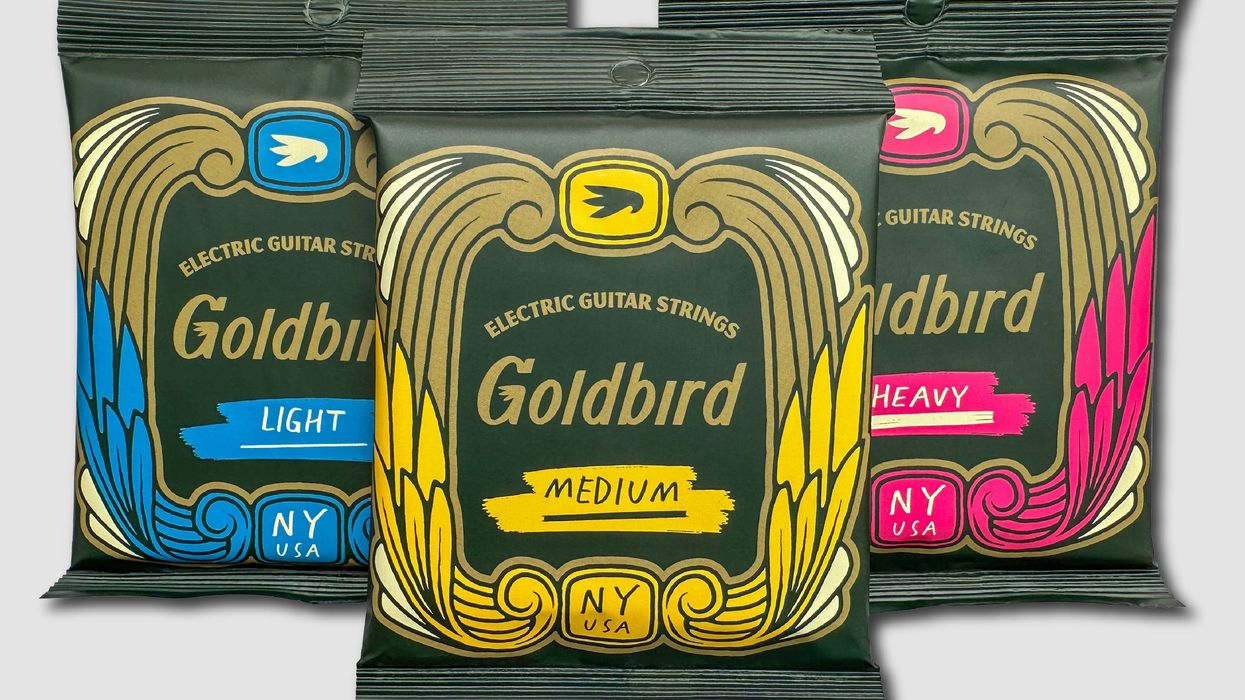
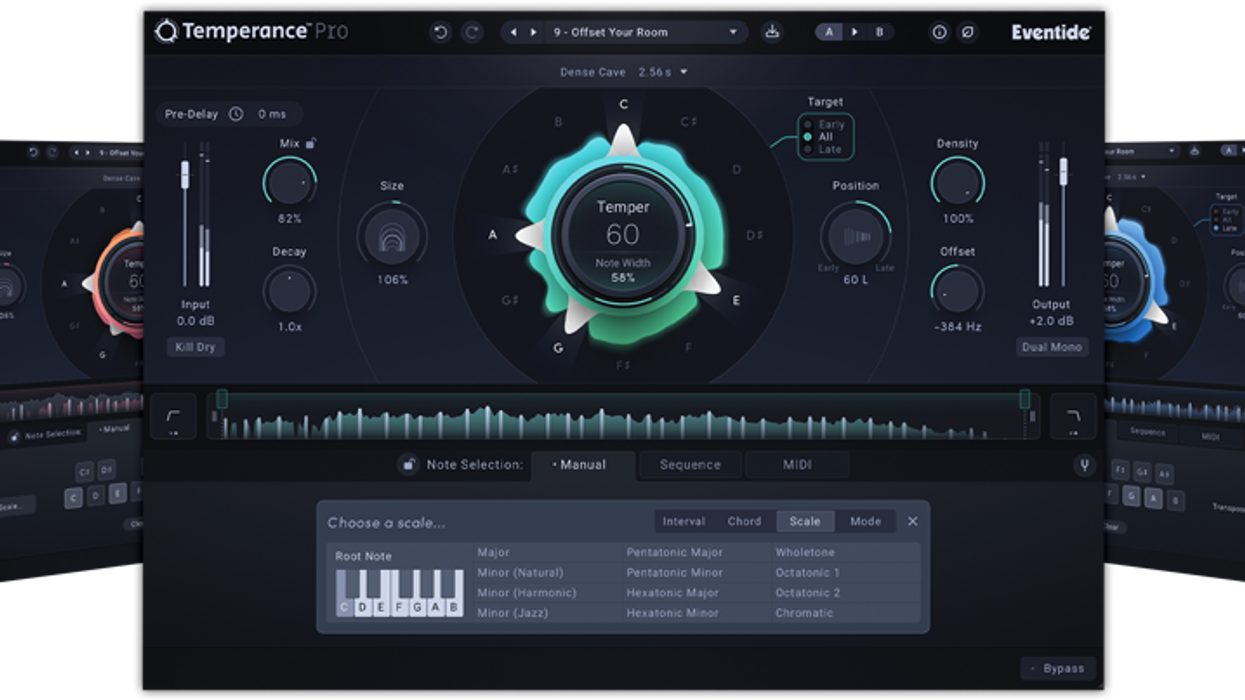
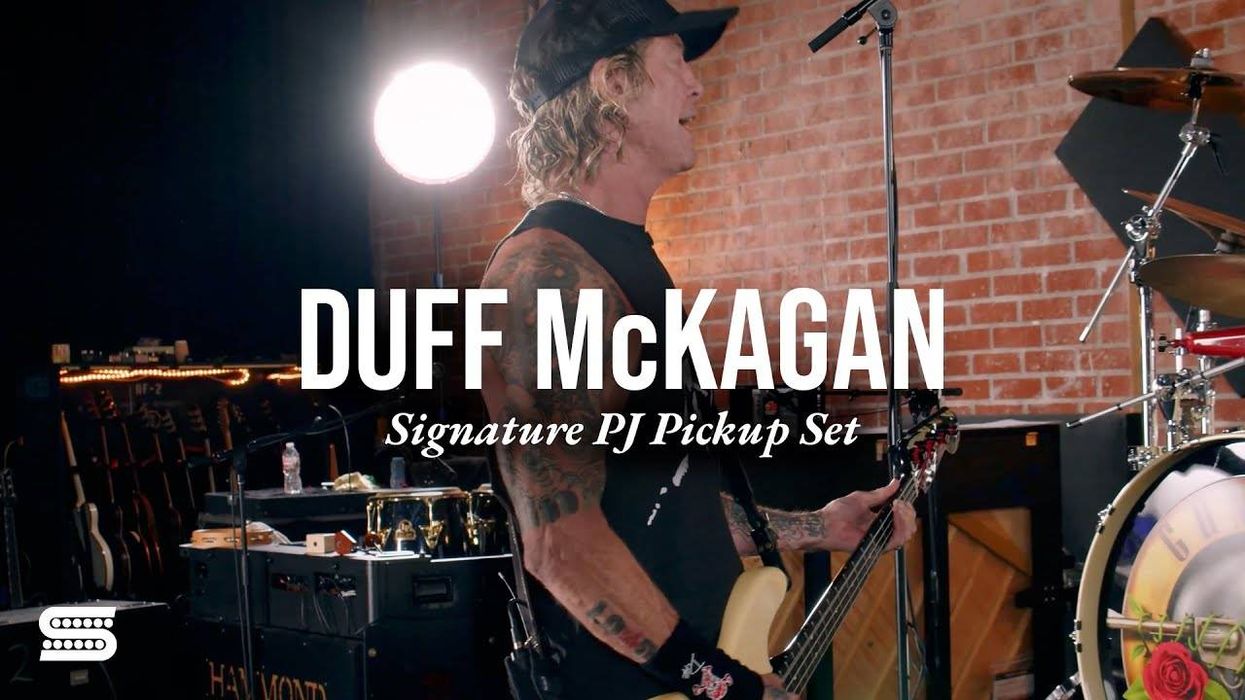
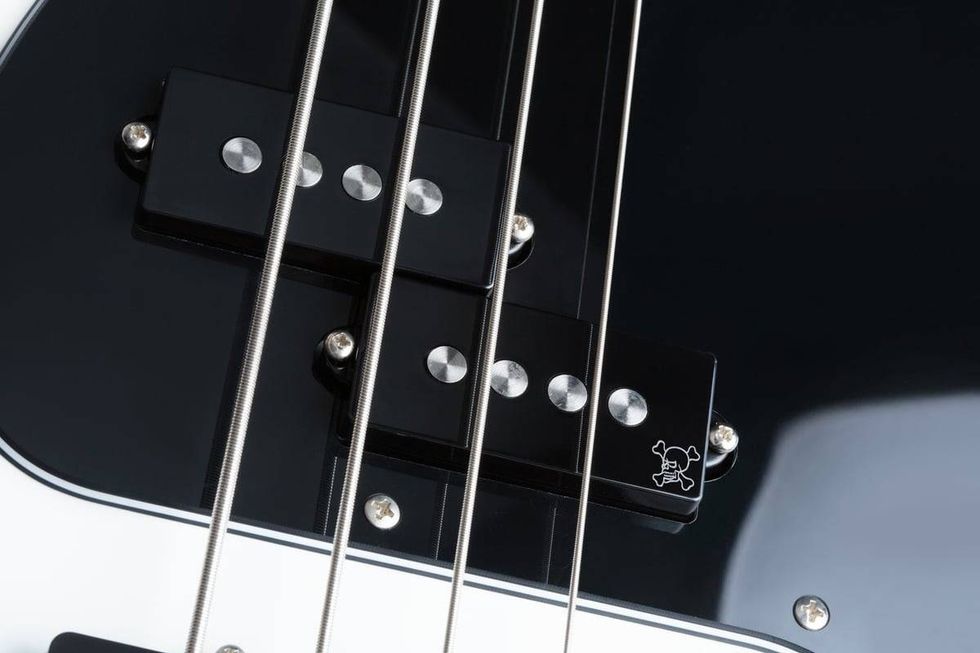



![Devon Eisenbarger [Katy Perry] Rig Rundown](https://www.premierguitar.com/media-library/youtube.jpg?id=61774583&width=1245&height=700&quality=70&coordinates=0%2C0%2C0%2C0)


